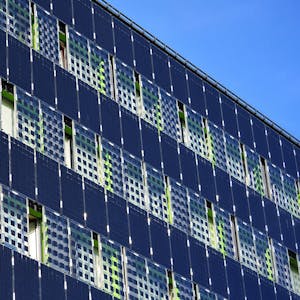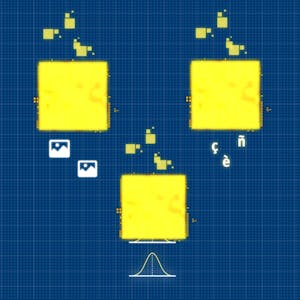Ventilation, Life Safety, and Smoke Extraction in Building
About this Course
This course underscores the critical role of ventilation in maintaining indoor air quality, particularly in shared spaces like office environments. Using the example of an office space where numerous individuals continuously respire, the constant release of carbon dioxide necessitates a consistent introduction of fresh air to prevent air dilution. The natural ventilation system is explored in-depth, unraveling the mechanisms of the Stack effect and Wind effect. These concepts are not only instrumental in understanding natural ventilation but also serve as the basis for calculating pressure differentials between the windward and leeward sides of a building. Moving forward, the course delves into the basics of Mechanical Ventilation Systems, offering insights into their advantages and disadvantages compared to natural ventilation. This knowledge is crucial for selecting the appropriate ventilation system based on specific applications. Learners are guided through calculating ventilation equipment capacity using air flow rate calculation methods. Additionally, the course addresses the importance of Life Safety Systems in commercial buildings, covering various components that contribute to enhancing occupant safety. The focus then shifts to the significance of Staircase Pressurization Systems in ensuring building occupant life safety during emergencies. The intricate process of creating pressurization in staircases for efficient building evacuation is explored, accompanied by a sample calculation to determine the required equipment capacity. By the course\'s conclusion, learners will be adept at conducting air flow rate and staircase pressurization calculations, drawing from practical experiences on large projects. The course further expands its scope to Lift Well and Lift Lobby Pressurization Systems, explaining their critical role in maintaining safe exits during fire emergencies, thereby safeguarding both life and property. Learners gain an understanding of the guidelines set forth by the National Building Code (NBC) and the American Society of Heating, Refrigerating, and Air-Conditioning Engineers (ASHRAE) regarding these pressurization systems. The course delves into considerations of air leakages and gains in lift lobbies and wells, aiding in the calculation of pressurization fan capacities to meet standards. A crucial aspect covered in the course is the danger posed by smoke in emergency situations. Smoke extraction systems are explored in detail, encompassing various components and the requisite codes for designing such systems. National Building Code (NBC) standards are highlighted, providing students with a solid foundation for designing smoke extraction systems tailored to different spaces, including car parks, office spaces, and atriums. Upon completing this course, students not only acquire practical skills in air flow rate and pressurization calculations but also gain a profound understanding of the standards and codes governing ventilation, life safety, and smoke extraction systems. Target Learners: 1. Knowledge of Thermodynamics & Heat Transfer 2. Undergraduate students of Mechanical who are in either Vth, VIth, VIIth or VIIIth semester 3. Graduate students of Mechanical 4. Working professionals with B.Tech./B.E., in Mechanical 5. Diploma students of MechanicalCreated by: L&T EduTech

Related Online Courses
The figure of the Energy Manager (EM), introduced in the United States in the early 1970s, during the first oil crisis, brought to light the need to get more work out of less energy. In Italy, this... more
In this course, you will learn the Grammar of Graphics, a system for describing and building graphs, and how the ggplot2 data visualization package for R applies this concept to basic bar charts,... more
In this Specialization, learners developed and furthered their understanding of the Six Sigma DMAIC process. This Specialization also explored the intersection between Six Sigma and Lean as well as... more
This Specialization is intended for machine learning researchers and practitioners who are seeking to develop practical skills in the popular deep learning framework TensorFlow.\\n\\nThe first... more
Ever wondered how we can use AI in programing to make our workloads easier? In this 2-hour long project-based course, you will master the art of prompt engineering to design an educational tool... more








